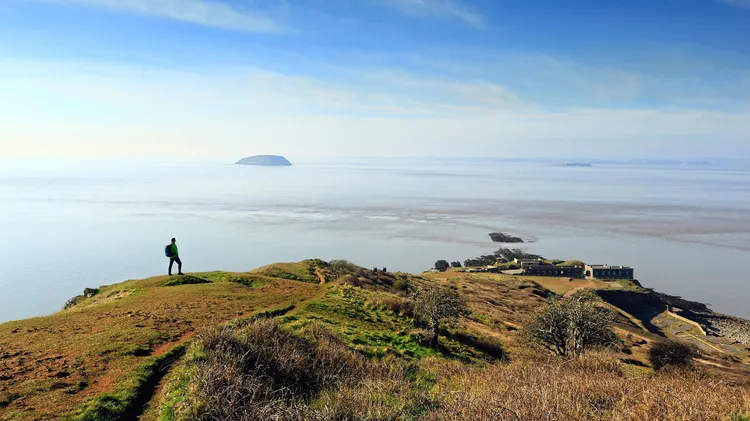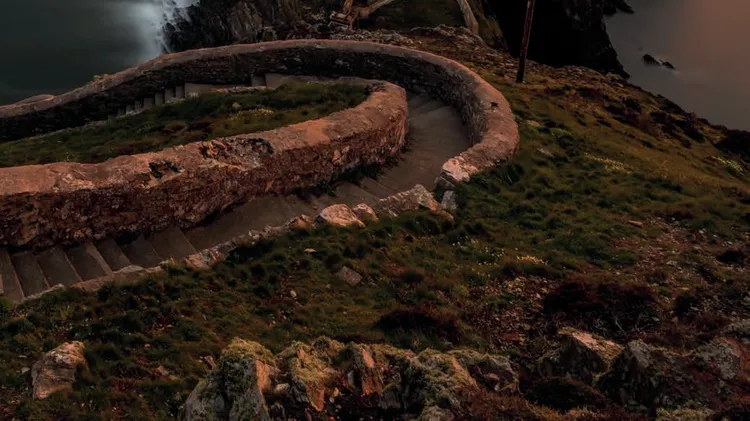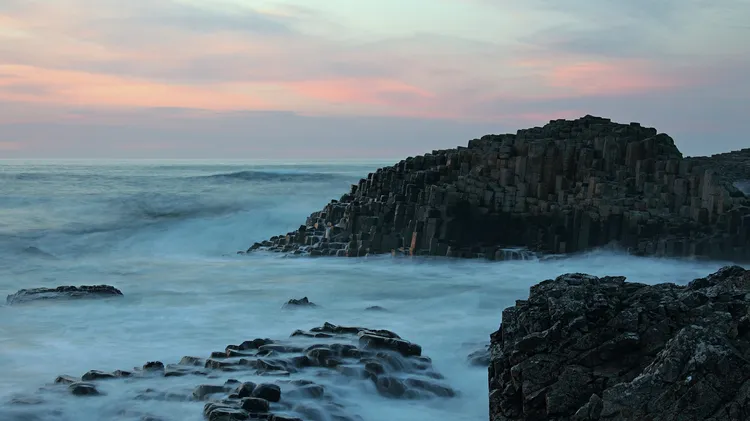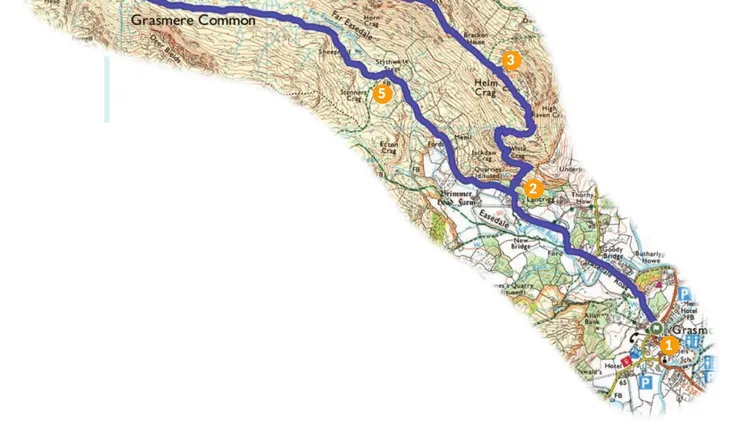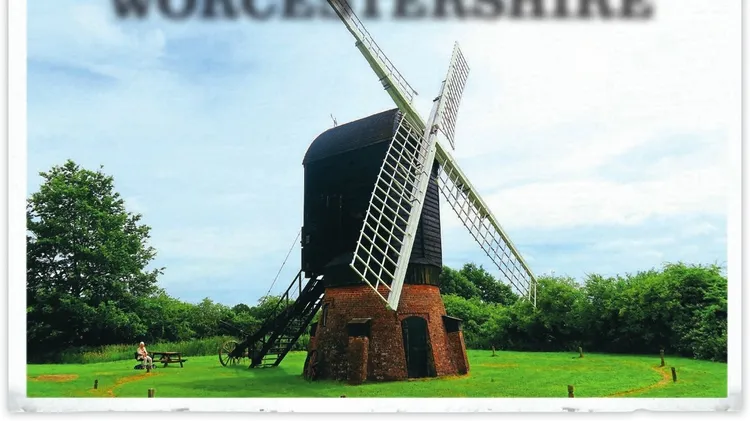With green pastures, castles and stunning golden beaches, south Wales’ Gowe
A natural beauty
8 min read
This article is from...
Read this article and 8000+ more magazines and newspapers on Readly

